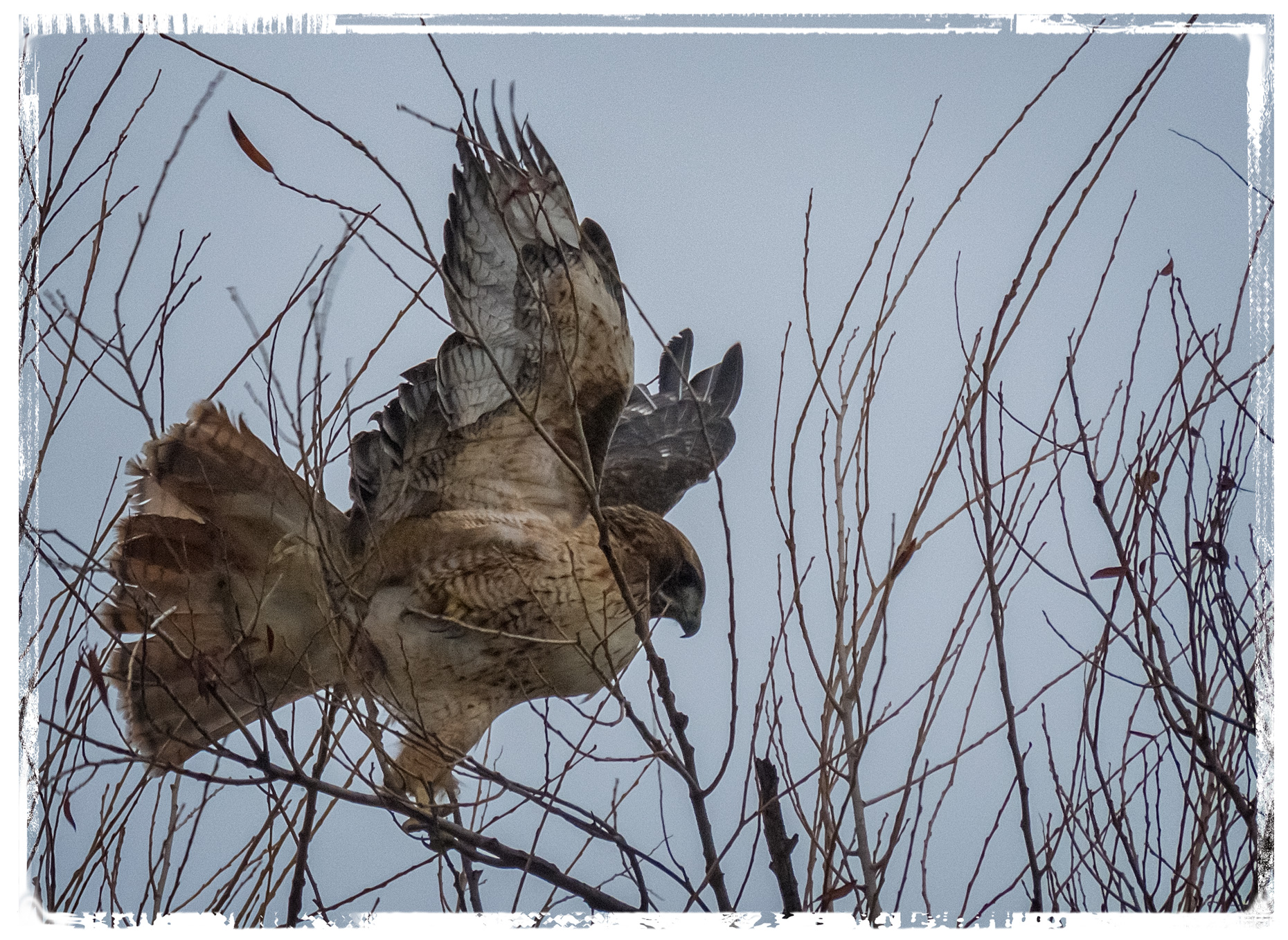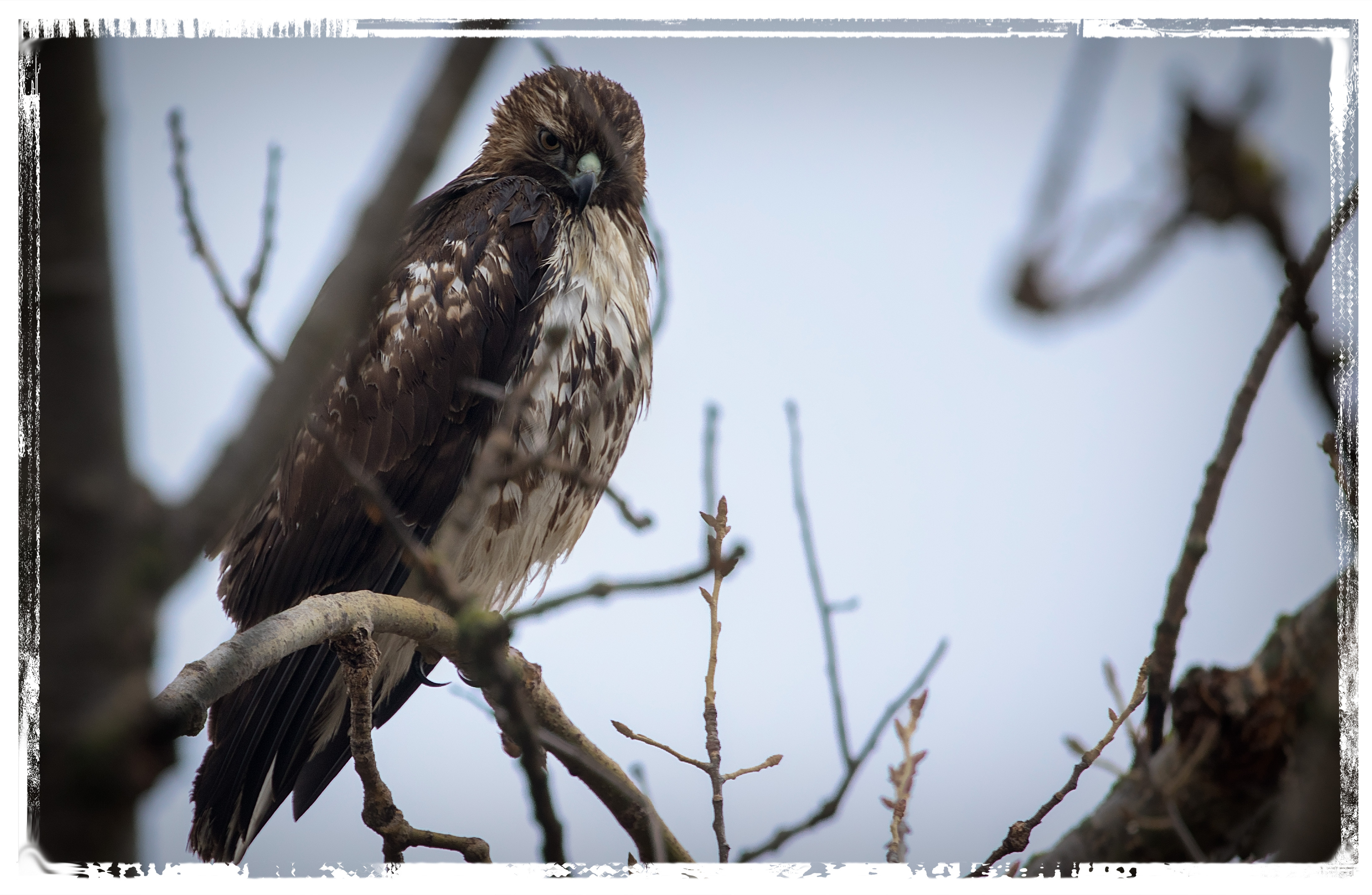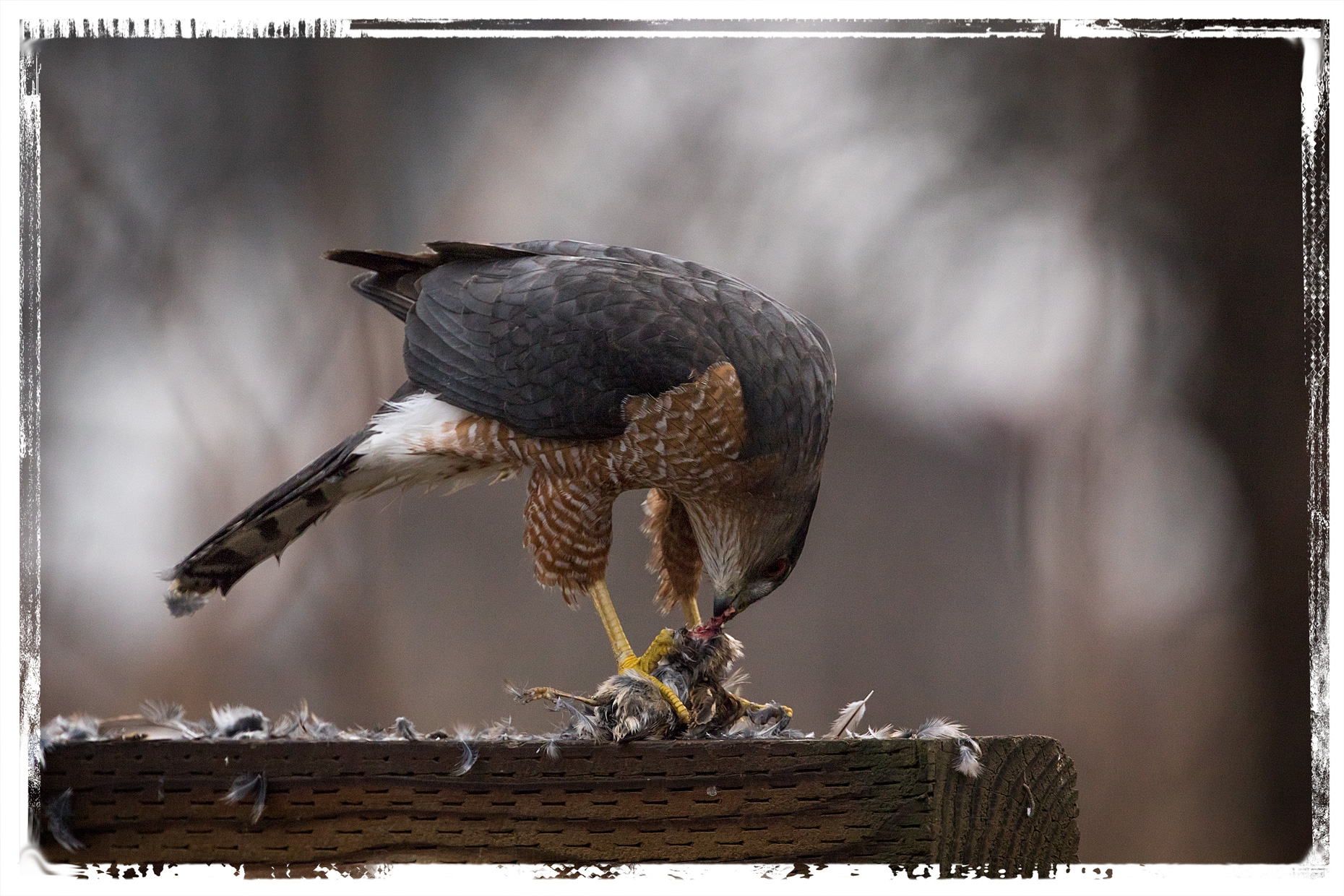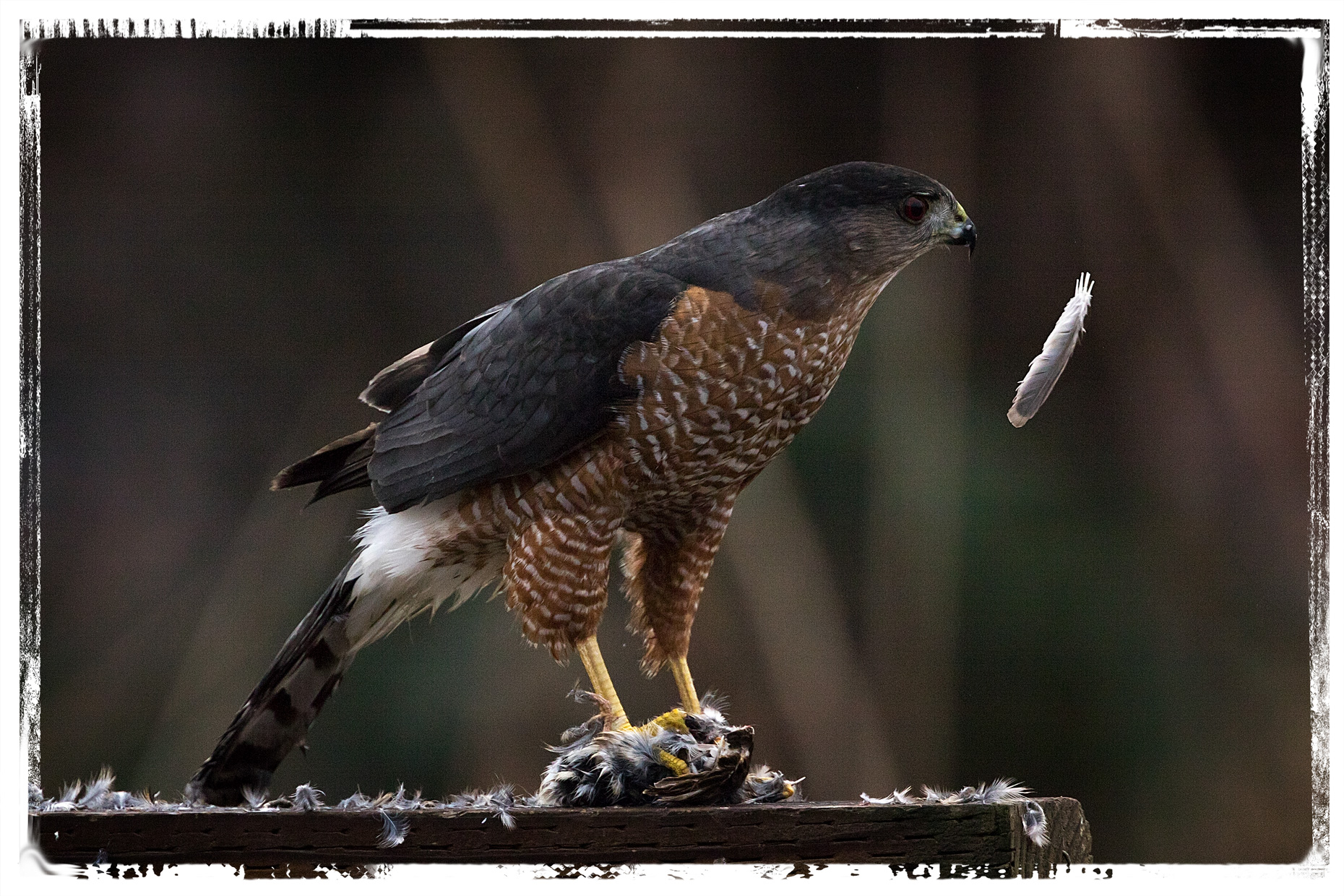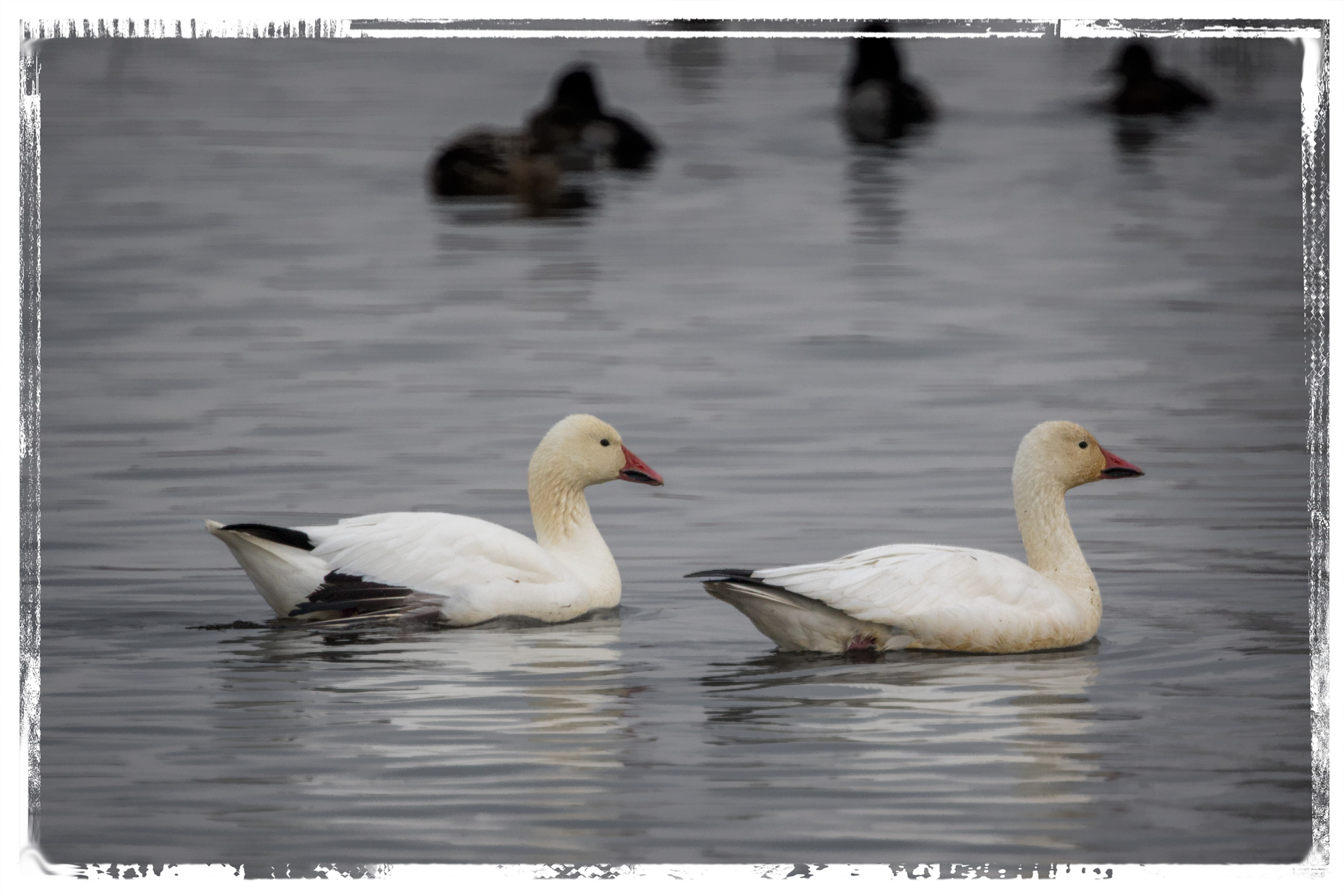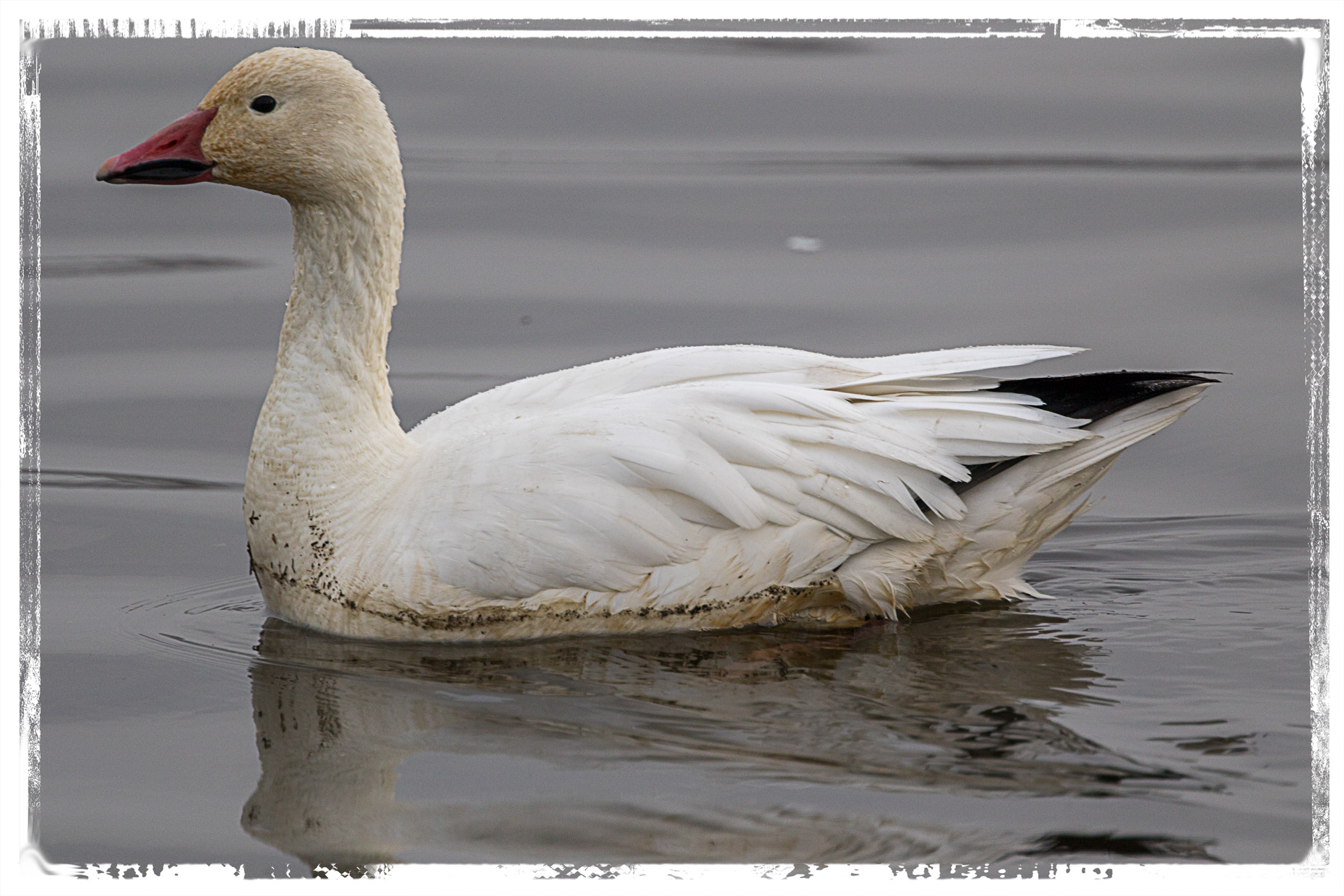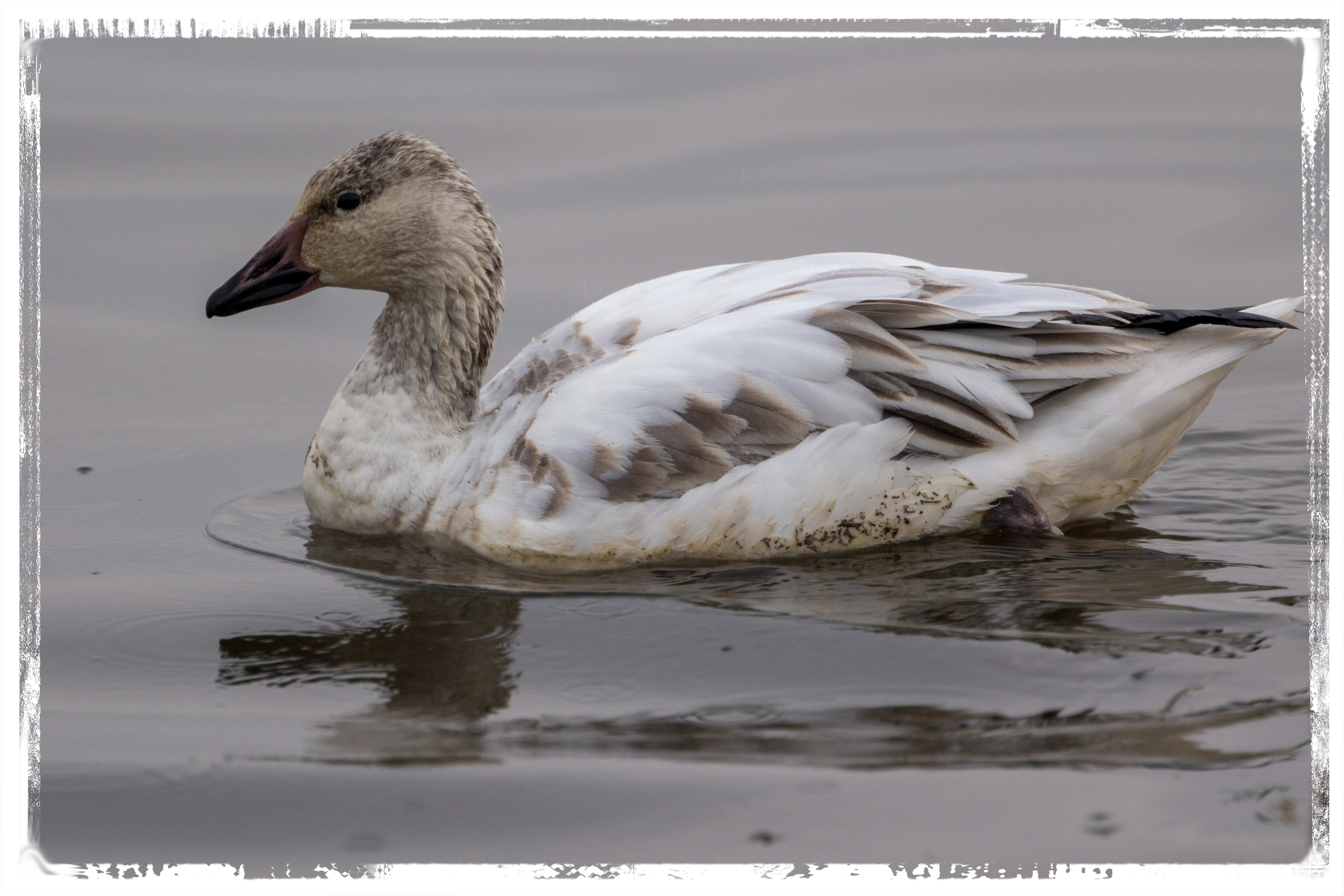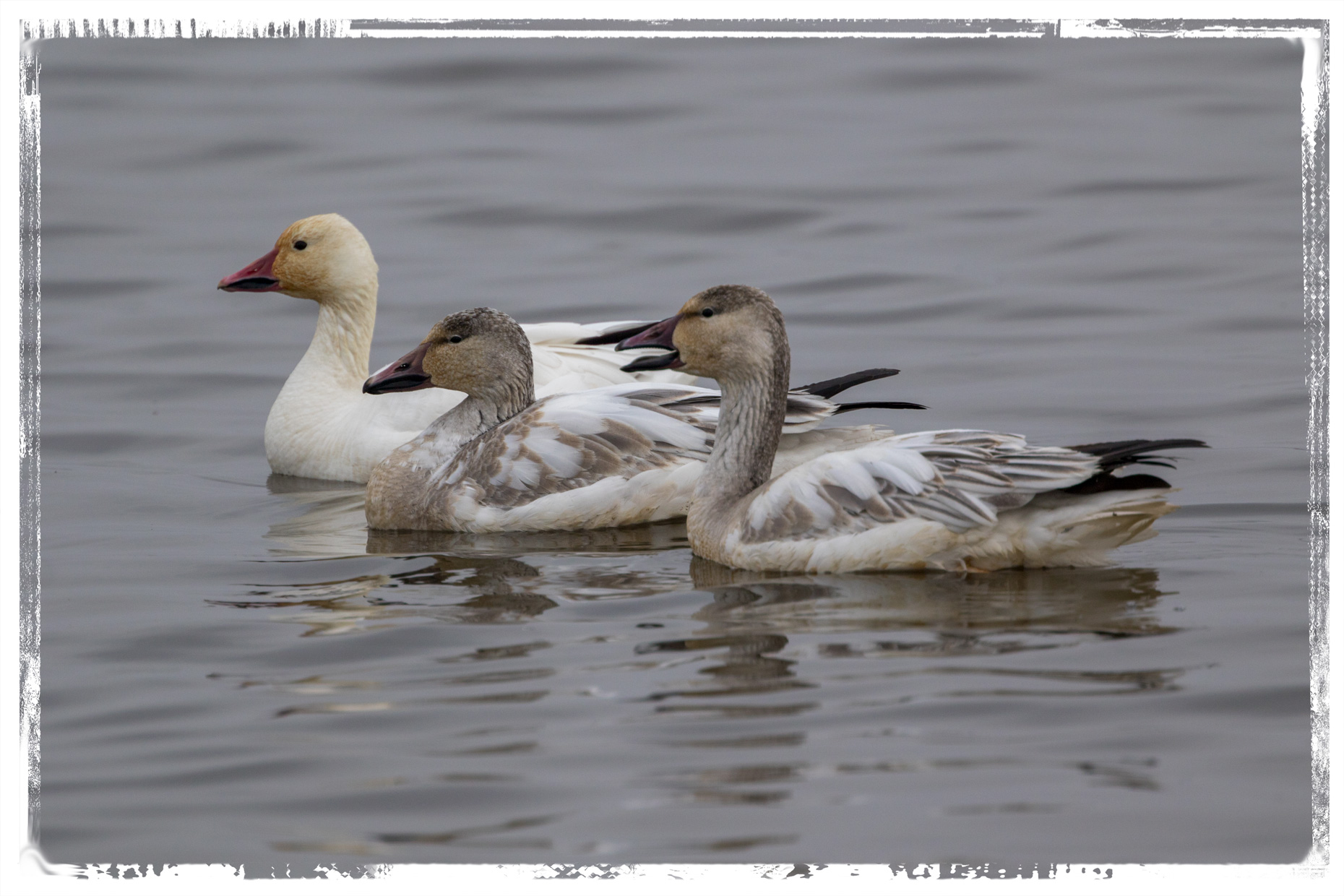We always follow our visit to Sacramento NWR with a visit to the Colusa NWR which is on the way to Santa Rosa. On our last visit we included a trip to the Maxwell cemetery because a Vermillion Flycatcher had been sighted there. Even though we hadn’t seen it on that visit, we decided to stop again because it was one the way and because we had recently seen pictures of it posted on the California Birding Facebook page.
Upon arrival at the cemetery we were greeted by hundreds, if not thousands, of birds — mostly blackbirds and starlings. It was hard to imagine a single Vermillion Flycatcher would stick around with all that company, but we hadn’t walked very far when I spotted a bright red splash of color that didn’t quite look like the flowers that decorated many of the sites.
Sure enough, it was the Vermillion Flycatcher

in all its vermillion glory.
As soon as it saw the camera it flew to a gravestone further away and looked back
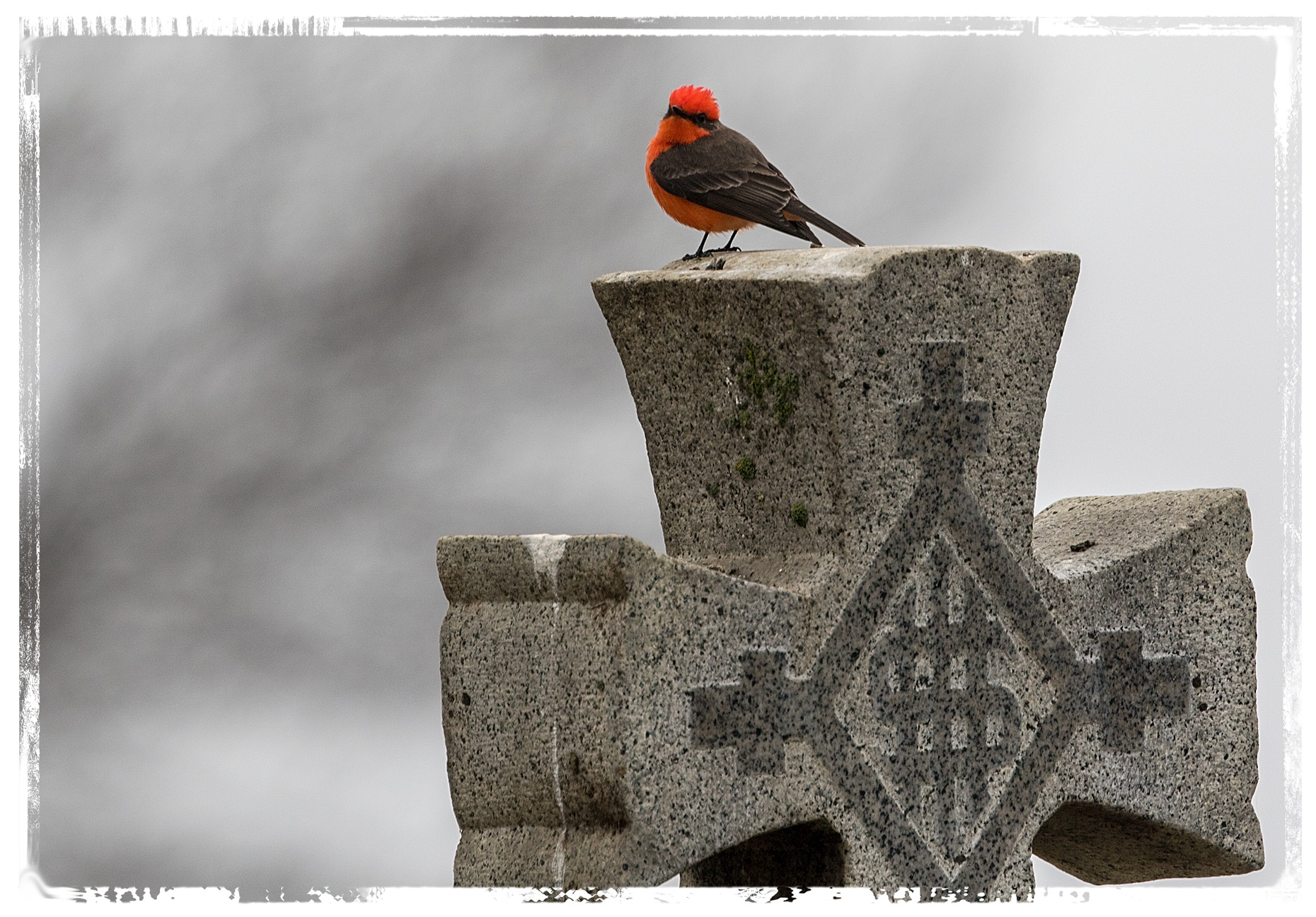
as if to say, “Catch me if you can.”
I never got another shot of it from the front or in flight, but I did manage to get closer several times.
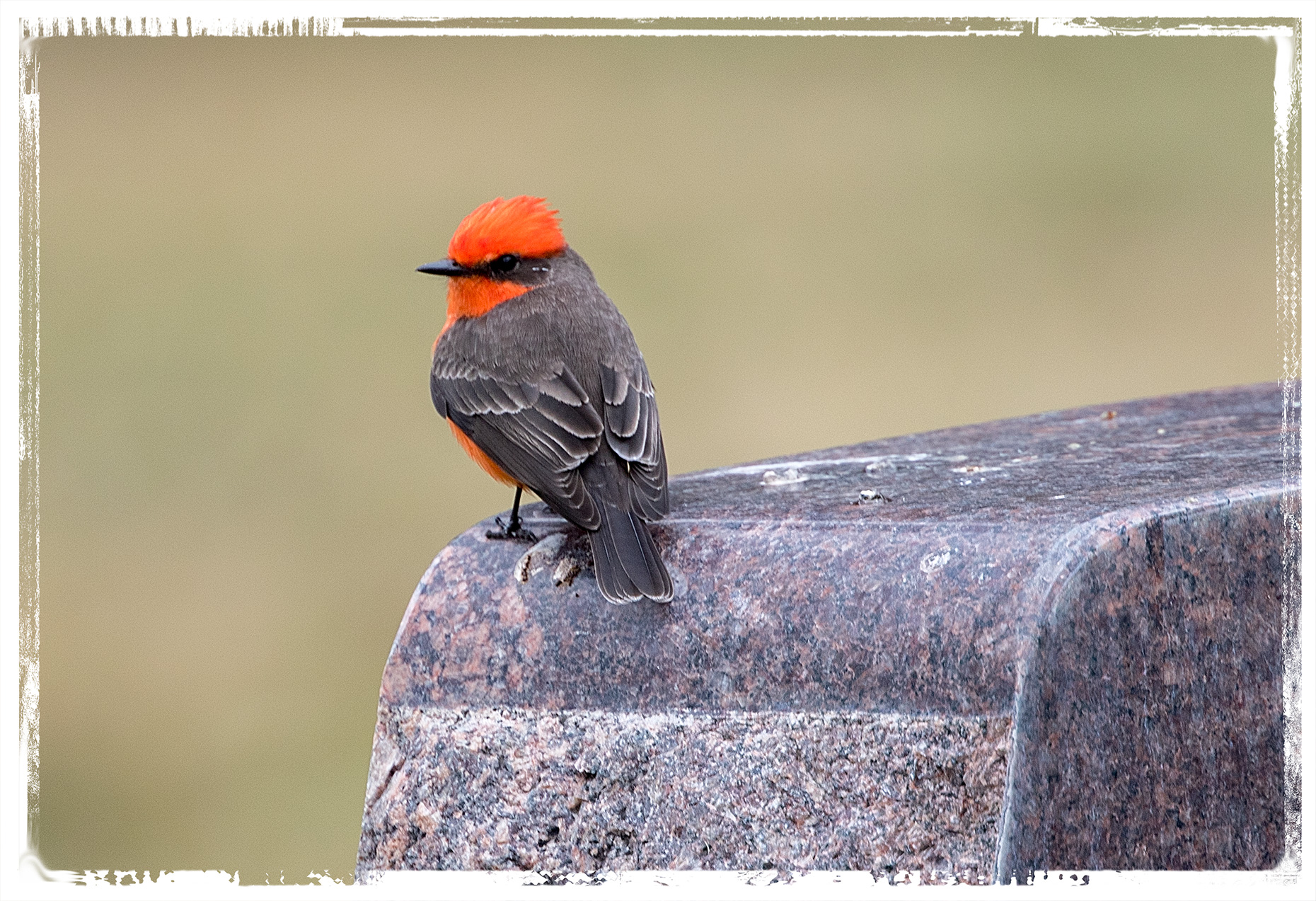
This flycatcher certainly wasn’t afraid of people, and I imagine I could have gotten better shots if I had wanted to set up my other camera and lens on a tripod and wait for a better shot, but we were on our way to Colusa and wanted to reach Santa Rose by dinner time.

